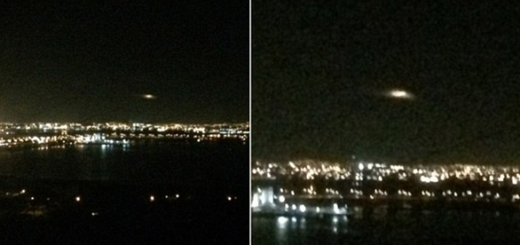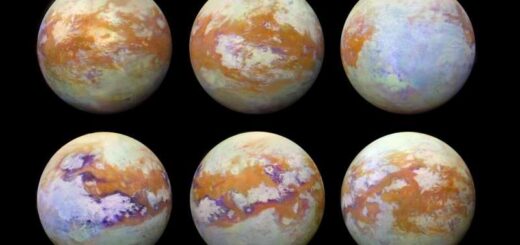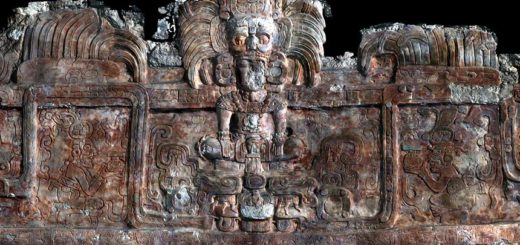What if the black hole at the center of the Milky Way is actually a mass of dark matter?

A team of researchers at the International Center for Relativistic Astrophysics has found evidence that suggests Sagittarius A* is not a massive black hole but is instead a mass of dark matter. In their paper published in the journal Monthly Notices of the Royal Astronomical Society: Letters, the group describes the evidence they found and how it has stood up to testing.
For several years the scientific community has agreed that there is a mass at the center of the Milky Way galaxy and that the mass is a supermassive black hole—it has been named Sagittarius A*. Its presence has never been verified directly, however, instead it has been inferred by noting the behavior of bodies around it. In this new effort, the researchers suggest that another type of mass could produce the same reactions by other bodies and in fact could help explain some anomalies that have been seen.
Back in 2014, astrophysicists were confronted with a problem they could not explain—a gas cloud that had been named G2 moved to a position close enough to Sagittarius A* that it should have been destroyed and pulled in by the black hole. Instead, the gas cloud continued on its way, unharmed.
The researchers in this new effort suggest the reason G2 was able to survive its journey past Sagittarius A*, was because Sagittarius A* is not a black hole—it is a mass of dark matter. To come to this conclusion, they created a simulation of the Milky Way, where Sagittarius A* was replaced by a mass of dark matter and then let it run. In so doing, they found the Milky Way could run pretty much the same way it would if there were a black hole at its center—nearby S-stars would behave the same, for example, as would the rotational curve of the Milky Way’s outer halo. The researchers went even further, suggesting that such a mass would be composed of darkinos, which would belong to the same group as fermions. If they were to clump together, the simulation showed, they would have characteristics very similar to a black hole—the exceptions being its most extreme features.



 Creators of mankind
Creators of mankind Description of “Tall white aliens”
Description of “Tall white aliens” Where they came from?
Where they came from? About hostile civilizations
About hostile civilizations The war for the Earth
The war for the Earth “Tall white aliens” about eternal life
“Tall white aliens” about eternal life Video: “Nordic aliens”
Video: “Nordic aliens” Aliens
Aliens Alien encounters
Alien encounters The aliens base
The aliens base UFO
UFO Technology UFO
Technology UFO Underground civilization
Underground civilization Ancient alien artifacts
Ancient alien artifacts Military and UFO
Military and UFO Mysteries and hypotheses
Mysteries and hypotheses Scientific facts
Scientific facts


















